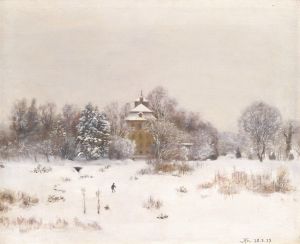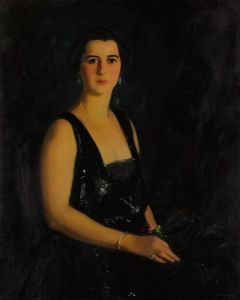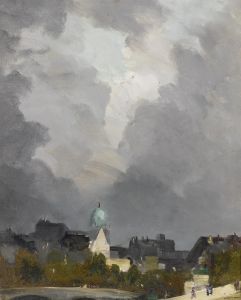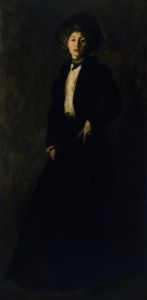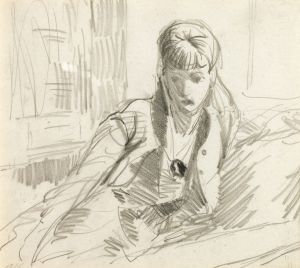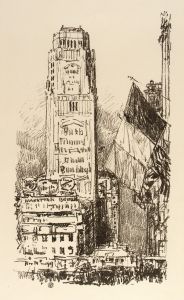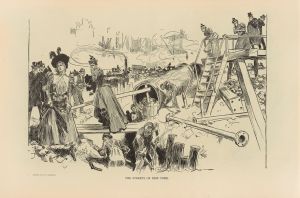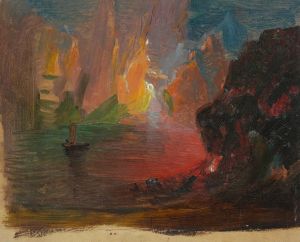
Snow in New York
A hand-painted replica of Robert Henri’s masterpiece Snow in New York, meticulously crafted by professional artists to capture the true essence of the original. Each piece is created with museum-quality canvas and rare mineral pigments, carefully painted by experienced artists with delicate brushstrokes and rich, layered colors to perfectly recreate the texture of the original artwork. Unlike machine-printed reproductions, this hand-painted version brings the painting to life, infused with the artist’s emotions and skill in every stroke. Whether for personal collection or home decoration, it instantly elevates the artistic atmosphere of any space.
"Snow in New York" is an oil painting created in 1902 by the American artist Robert Henri. This work is considered one of Henri's most notable contributions to the Ashcan School, a movement in American art that sought to depict the everyday lives of urban residents with a sense of realism and immediacy. The painting captures a snow-covered street scene in New York City, reflecting Henri's interest in portraying the raw and unembellished aspects of modern urban life.
The composition of "Snow in New York" features muted tones and a subdued color palette, emphasizing the gray and white hues of a winter day. The scene is characterized by its atmospheric quality, with soft, diffused light and a sense of quiet stillness. The buildings, streets, and snow are rendered with loose, expressive brushstrokes, giving the painting a dynamic yet intimate feel. This approach aligns with Henri's broader artistic philosophy, which prioritized emotional resonance and the depiction of real-life experiences over idealized or academic representations.
Robert Henri painted "Snow in New York" during a period of significant artistic development in his career. By the early 20th century, he had become a leading figure in the Ashcan School, advocating for art that reflected the realities of contemporary urban life. Henri and his contemporaries, including artists such as John Sloan, George Bellows, and Everett Shinn, sought to challenge the prevailing artistic norms of their time, which often favored romanticized or classical subjects. Instead, they turned their attention to the gritty, everyday scenes of city life, capturing the vibrancy and challenges of the modern metropolis.
"Snow in New York" exemplifies Henri's ability to find beauty and meaning in ordinary moments. The painting does not focus on grand architectural landmarks or prominent figures but instead highlights the quiet, understated charm of a snow-blanketed street. This choice reflects Henri's belief that art should be accessible and relatable, resonating with the experiences of ordinary people.
Today, "Snow in New York" is held in the collection of the National Gallery of Art in Washington, D.C. It remains an important example of early 20th-century American art and a testament to Robert Henri's role in shaping the Ashcan School's legacy. The painting continues to be celebrated for its evocative portrayal of urban life and its innovative approach to capturing the atmosphere of a specific time and place.





